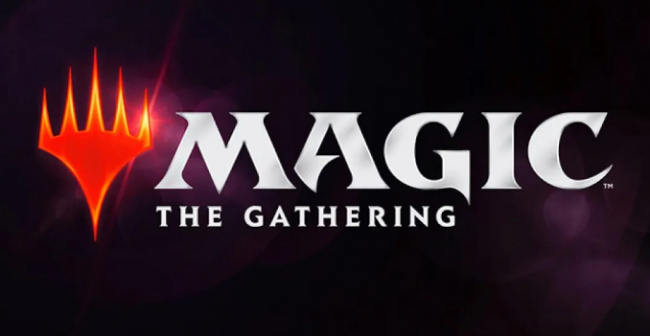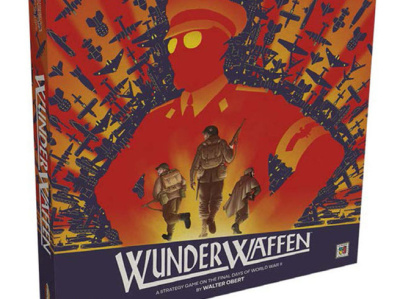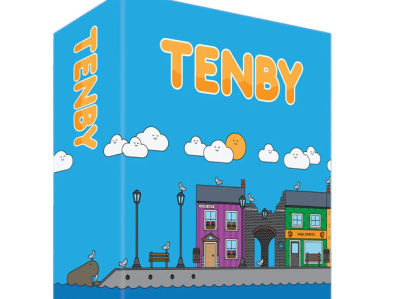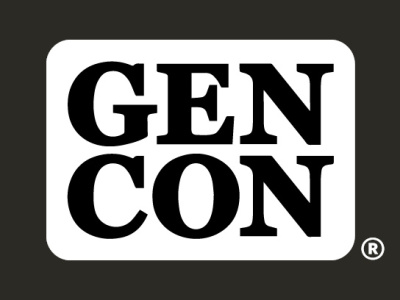Rolling for Initiative is a weekly column by Scott Thorne, PhD, owner of Castle Perilous Games & Books in Carbondale, Illinois and instructor in marketing at Southeast Missouri State University. This week, Thorne discusses WotC's fireside chat and shares some insights gleaned from the web event.
I listened to the Hasbro "fireside chat" a couple of times and gleaned some interesting information from the discussion (see "Hasbro Announces Magic the Gathering Fireside Chat"). One of the more striking bits, at least to me, was the breakdown of Magic: The Gathering player demographics. According to Wizards of the Coast, there are approximately 50 million active Magic players with a mean age of 30 and most of them falling between the ages of 13 to 45. Roughly a third of players have played for less than three years while another third has played for over a decade. Also, 80% of players WotC classifies as casual players with the other 20% as competitive. Commander is currently the most popular format, with around 70% playing the format regularly.
Approximately half of the player base WotC classifies as casual players while the other half are classified as collectors. About 20% actively use M:TG Arena, although the presentation did not indicate if they were what WotC classified as hybrid players (those who play both digitally and in person). We have a significant percentage of players, a minority but still significant, that have abandoned tabletop play for digital play alone. Still, the hybrid group, WotC says, is responsible for most of the growth in Magic sales, some 40%, though the presentation did not break down as to how much of those sales come from print products and how much from digital (see "Hasbro Fireside Chat Breaks Down Magic The Gathering Brand").
One interesting point Hasbro CEO Chris Cocks made was the deliberate shift in target markets WotC made back in 2016. Prior to that, according to Cocks, WotC concentrated on the competitive player base and most of its product mix focused on that market. It was then that WotC realized most of its player base played casually, and wanted cards and releases that enhanced that play style. Also, given the growth in Commander format play, offering more products targeted to that type of play makes sense. At the time, Magic generated about $350 to $400 million per year and sales had plateaued. Since shifting the focus to casual play, Magic sales have tripled and Cocks expects Magic to become Hasbro’s first billion dollar brand in 2023.
Meanwhile, despite how it often seems from the retail end, WotC continues to focus on the in-store experience, with in-store play back to about 75% of what it was prior to 2020 and 80% of WPN stores reporting 2022 sales exceeding or on par with those of 2021. Cocks also indicated that the company does watch sales in its primary market, but generally ignores secondary market sales, preferring to respond to primary market demand as shown by its reduction of the print run of the 30th anniversary Magic set while going back to print three times on the Warhammer 40,000 Commander Decks.
One other thing I found notable about the discussion of Magic was Cocks noting that when he attends social events and is asked what he does for a living, if he mentions Magic: The Gathering, 30% of those there know the game well enough to have a discussion about it. However, if he mentions Dungeons & Dragons, 100% of those attending have heard of the game. Cocks indicated that those familiar with Magic have a deeper understanding of the game, while Dungeons & Dragons has far greater brand awareness. The conversation also discussed plans for the D&D brand and I will take a look at that next week.
Comment? Always welcome at castleperilousgames@gmail.com.
The opinions expressed in this column are solely those of the writer, and do not necessarily reflect the views of the editorial staff of ICv2.com.

Column by Scott Throne
Posted by Scott Thorne on December 12, 2022 @ 2:59 am CT
MORE GAMES
New WWII Wargame by Walter Obert
August 18, 2025
Ares Games will release Wunderwaffen, a new WWII wargame.
New City Building Card Game by Benjie Talbot
August 18, 2025
Mighty Boards revealed Tenby, a new city building card game by Benjie Talbot.
MORE COLUMNS
Column by Scott Thorne
August 18, 2025
This week, columnist Scott Thorne discusses some of the most frightfully fun games of the year for Horror Week.
Column by Scott Thorne
August 11, 2025
This week, columnist Scott Thorne notes a new twist in the Diamond Comic Distributors saga and shares his thoughts on the Gen Con releases that will make the biggest impacts.









